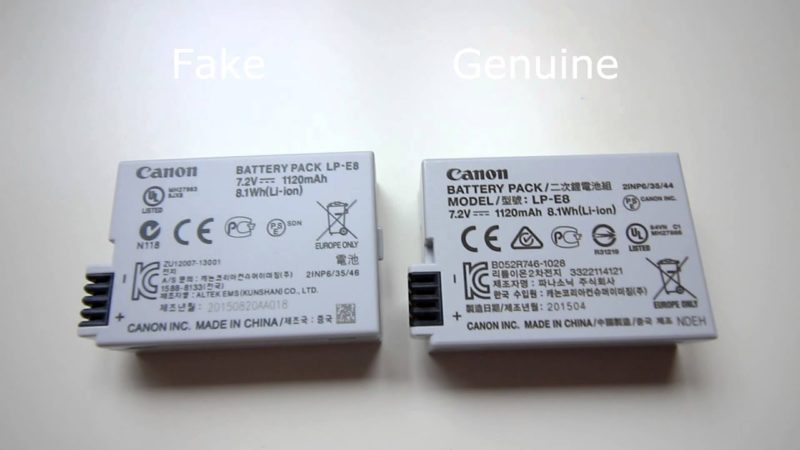
Figure 1. source
For some cultures, tea is more than just a drink. For the Chinese, Japanese, Indian, Russian, and English people, tea is a profoundly important part of their lives. In China, in particular, each regional group has its own philosophy of tea, and each ideological trend reinvents the implications that a cup of tea has in one’s day.
Great tea comes from remote mountains. Whether it’s white, green, or black, it conveys the essence of its natural surroundings. I’m not talking about overly processed tea that you can get at any store. I’m talking about delicate, potent, and clean tea that makes a world of a difference.



 A deload is a planned step back from the volume (sets x reps) or intensity (load on the bar) in your current program. The idea is to give your tissues and nervous system a chance to recover after a period of intense training.
A deload is a planned step back from the volume (sets x reps) or intensity (load on the bar) in your current program. The idea is to give your tissues and nervous system a chance to recover after a period of intense training.